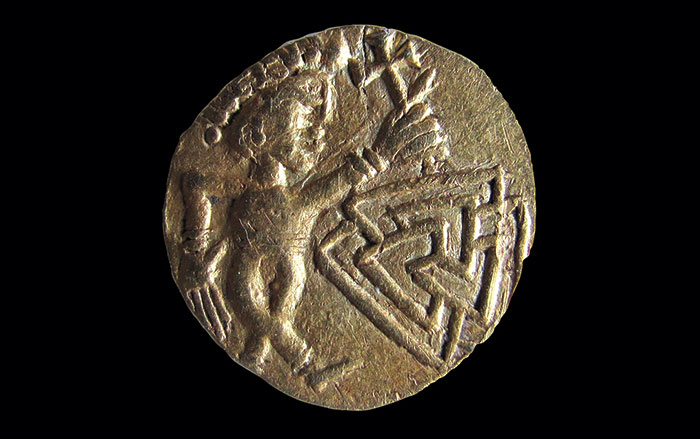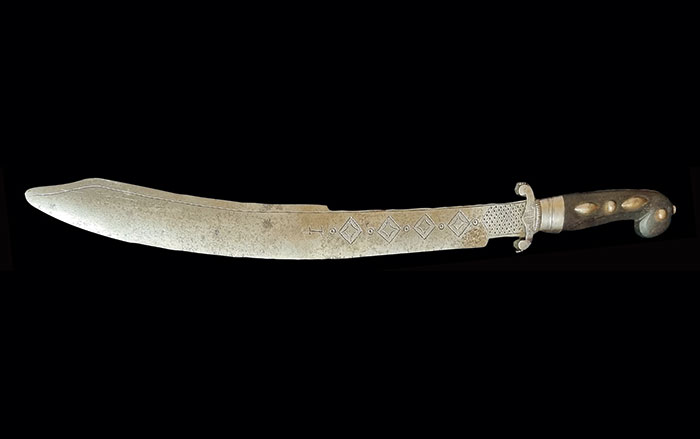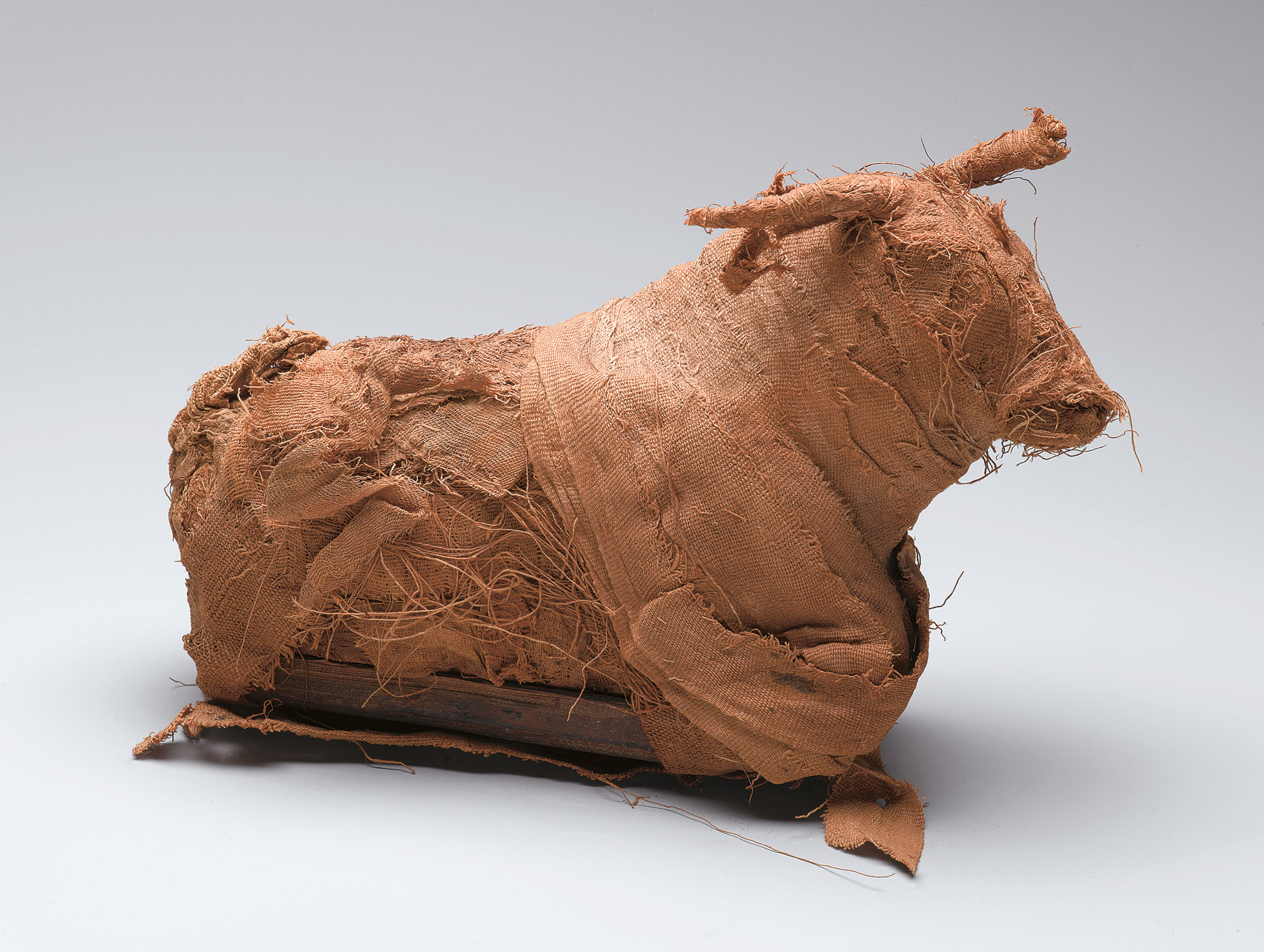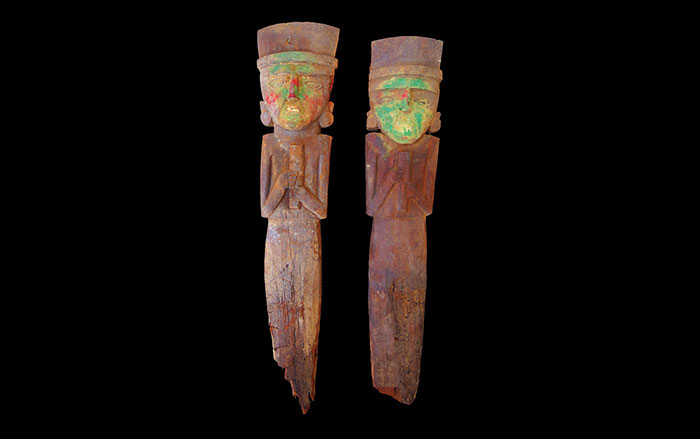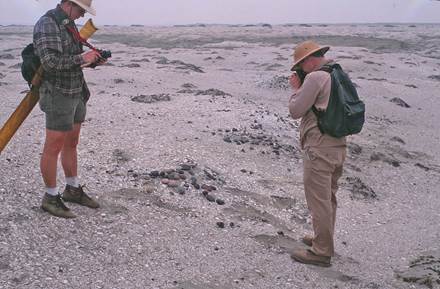
ORONO, MAINE—The Spanish conquest of the Inca empire in the sixteenth century had an unexpected impact on Peru’s northern coastline, according to a new study by Daniel Belknap and Dan Sandweiss of the University of Maine. They examined the massive sand dunes along the ridges of the coastline and found that millions of discarded mollusk shells had held sediments deposited by the combined effects of earthquakes and El Niño events in place for some 5,000 years. After the conquest, the local population was decimated by disease and those who survived were moved inland. New sediments deposited on the ridges were not protected from harsh winds. “You don’t think that pre-Columbian people can have such a significant effect on the landscape, but clearly they can,” Sandweiss told Science Now.




